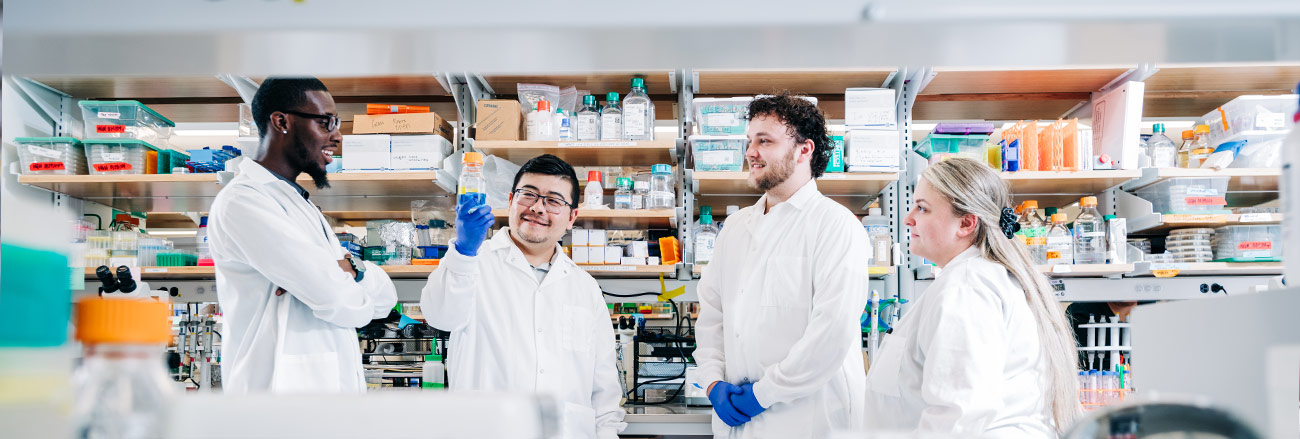The most common desktop 3D printers use molten polymers, either acrylonitrile butadiene styrene (ABS) or polylactic acid (PLA), as the filament ink. Both of these materials emit numerous volatile organic compounds (VOCs), many of them toxic. In addition to VOCs, the printing process generates nano particles which pose a respiratory hazard.
More novel applications involve the printing of biological scaffolds used to generate organs and other structures. The use of biological materials may require Institutional BioSafety committee approval and protocols to disinfect equipment.
Control measures to reduce the hazards associated with 3D printing include:
- A complete risk assessment
- Use of manufacturer’s recommended controls
- Proper ventilation of the area, plus local exhaust ventilation if necessary
- Use of low emission printer and material if possible
- Enclosure of the printer
- Appropriate personal protective equipment (PPE) including respirators if indicated by the risk assessment
CDC: 3D Printing / Additive Manufacturing
